Table of Contents
ToggleQuick Overview of How to Analyze ‘Audience Insight on Facebook’ for Effective Digital Marketing?
In the fast-paced realm of digital marketing, understanding and engaging your target audience is non-negotiable. Facebook’s ‘Audience Insights’ is a potent tool in this pursuit. This guide explores ‘Audience Insight on Facebook,’ detailing its essential elements—demographics to purchase behaviour. Learn how to effectively wield this data in your digital marketing strategy, from personalized content to precise ad targeting.
Backed by a Google study citing a 35% increase in click-through rates and a 30% reduction in ad spend wastage for those who effectively utilize audience insights, this guide culminates in the realization that ‘Audience Insights’ is your competitive edge in the digital arena. Start your journey today, optimize your campaigns, and embrace the power of audience insights.
How to Analyze ‘Audience Insight on Facebook’ for Effective Digital Marketing?

Introduction
Your success in the dynamic world of digital marketing depends on your ability to understand your audience. The ‘Audience Insights’ feature of Facebook, one of the biggest social networking platforms, offers a treasure trove of data. This instrument provides marketers with valuable information about their target audience, enabling them to optimize the impact of their campaigns. This post will delve into the complexities of ‘Audience Insight on Facebook’ and how to leverage it for effective digital marketing.
Understanding ‘Audience Insight on Facebook
Facebook’s ‘Audience Insights’ is a powerful analytics tool that offers a plethora of information about your target audience. It goes beyond simple demographics and provides data on their interests, behaviours, and purchasing habits. To access ‘Audience Insights,’ you must navigate to your Facebook Ads Manager and select ‘Audience Insights’ from the Tools menu.
Critical Elements of ‘Audience Insights
Demographics Analysis

- Relationship Status: In the context of audience insight on Facebook. Determine whether your audience consists mainly of single individuals, couples, or families, which can inform your product or service offerings.
- Education Level: Knowing the educational background of your audience can help tailor your content to match their expertise or interest.
- Employment Status: Understand if your audience includes students, working professionals, or retirees, allowing you to time your campaigns effectively.
- Language Proficiency: Dive deeper into language preferences to gauge if multilingual content is necessary to reach a wider audience.
- Household Income: Insights into income levels can influence pricing strategies and product positioning for maximum appeal.
- Example: If your audience likes eco-friendly brands, you can incorporate sustainability into your marketing strategy.
Page Likes
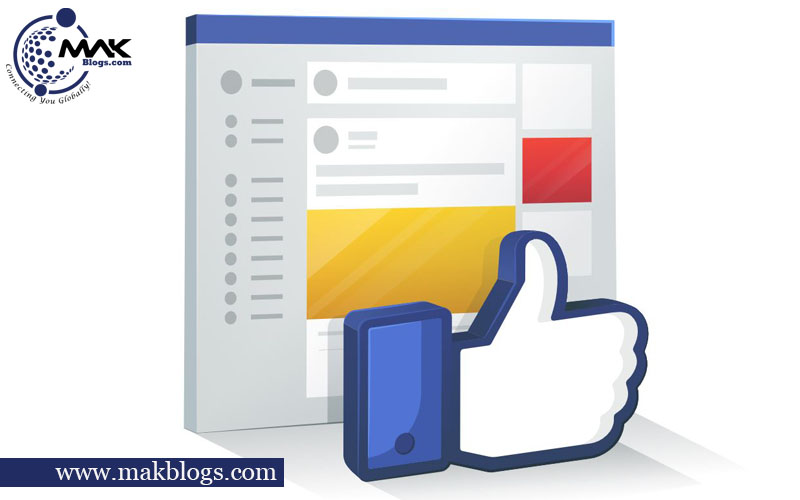
- Competitor Pages: Regarding audience insight on Facebook. Determine the pages your audience enjoys and those of your competitors to obtain a competitive advantage.
- Influencer Affiliations: Discover if your audience follows influencers in your niche, potentially opening up collaboration opportunities.
- Non-Profit and Charitable Interests: If your audience is socially conscious, consider aligning your brand with relevant causes or charities.
- Media Consumption: Find out which newspapers, magazines, or online publications your audience follows for potential advertising partnerships.
- Entertainment Preferences: Understand the type of movies, music, or TV shows your audience enjoys to craft entertaining and relatable content.
- Example: If your audience likes eco-friendly brands, you can incorporate sustainability into your marketing strategy.
Interests

- Niche Communities: In the realm of audience insight on Facebook. Explore if your audience participates in online forums or groups related to your industry, providing opportunities for engagement.
- Hobbies Subcategories: Delve deeper into specific hobby interests, such as sub-genres of music, to refine your targeting.
- Travel Preferences: Identify if your audience prefers adventure travel, luxury vacations, or budget trips to tailor travel-related promotions.
- Cultural Interests: Learn about their interest in art, history, or specific cultures to create culturally relevant content.
- Technology Adoption: Determine if your audience is an early adopter of technology, influencing the introduction of tech-related products or services.
- Example: If your audience is interested in fitness, you can create content related to health and wellness.
Behavior

- Engagement Timing: In the context of audience insight on Facebook. Determine when your audience is most active on Facebook to schedule posts and advertisements for maximum exposure. Analyze
- Content Interaction: Discover the types of content (videos, articles, images) your audience engages with most, guiding your content strategy.
- Device Preference: Determine if your audience predominantly uses smartphones, tablets, or desktops for a seamless user experience.
- App Usage: Find out which apps your audience uses, potentially informing partnerships or in-app advertising decisions.
- Click Patterns: Analyze the links and calls to action your audience interacts with most to improve click-through rates.
- Example: If most of your audience accesses Facebook via mobile, ensure your website and ads are mobile-friendly.
Purchase Activity

- Purchase Frequency: Understand how often your audience purchases online, allowing you to plan promotions accordingly.
- Cart Abandonment: If cart abandonment is common, implement retargeting strategies to recover potential sales.
- Preferred Payment Methods: Know whether your audience prefers credit cards, PayPal, or other payment methods for smoother transactions.
- Product Categories: Identify the types of products your audience frequently buys to tailor your product recommendations.
- Seasonal Buying Patterns: Recognize if your audience has seasonal buying habits and plan marketing campaigns accordingly.
- Example: If your audience frequently makes online purchases, consider running special promotions or discounts.
Using ‘Audience Insights’ for Digital Marketing
In the realm of audience insight on Facebook. Now that you understand the elements of ‘Audience Insights,’ let’s explore how to use this data effectively in your digital marketing strategy.
Personalized Content

- Content Themes: Tailor your content themes to align with your audience’s specific interests and hobbies.
- Language and Tone: Adjust the language and tone of your content to resonate with your audience’s preferences, whether formal, casual, or humorous.
- Visual Elements: Use images, videos, and graphics that appeal to your audience’s aesthetic sensibilities.
- Storytelling: Craft narratives that relate to your audience’s interests, making your brand more relatable.
- Product Placement: Seamlessly integrate your products or services into content, highlighting their relevance to your audience.
- User-Generated Content: Encourage your audience to produce brand-related content, increasing engagement and authenticity.
- Personalized Recommendations: Offer personalized product or content recommendations based on their preferences.
- Exclusive Offers: Create special promotions or discounts tailored to specific audience segments.
- User-Generated Content (UGC) Campaigns: Conduct UGC campaigns encouraging your audience to share their product or service experiences.
- Feedback Integration: Use ‘Audience Insights’ feedback to continually adjust and improve your content.
- Example: If your audience loves outdoor activities, create content showcasing your product in outdoor settings.
Ad Targeting
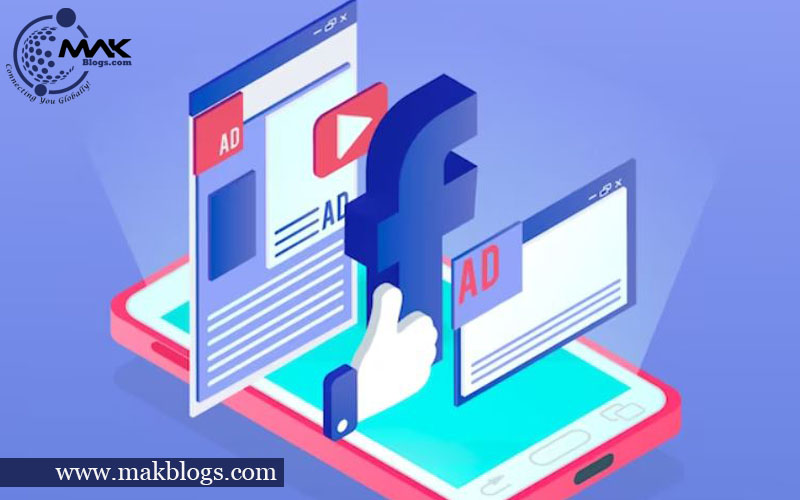
- Custom Audiences: Create custom audience segments based on the demographic and interest data from ‘Audience Insights.’
- Lookalike Audiences: Expand your reach by targeting users who share similarities with your existing audience.
- Geo-Fencing: Use location data to set up geo-fencing for hyper-local ad targeting.
- Device-Specific Campaigns: Regarding audience insight on Facebook. Tailor your ad campaigns to specific devices your audience uses most frequently.
- Behavioural Targeting: Utilize behaviour data to target users who have shown specific interactions with your brand.
- Ad Placement Selection: Choose the most effective ad placements based on your audience’s preferred platform and device.
- Dynamic Ads: Implement dynamic ad campaigns that automatically show the most relevant products to individual users.
- Retargeting Strategies: Re-engage users who have interacted with your brand but have yet to convert with retargeting campaigns.
- Ad Scheduling: Schedule ads during peak engagement times identified in ‘Audience Insights.’
- Multilingual Campaigns: If language data suggests multilingual preferences, create ad campaigns in multiple languages for broader appeal.
- Example: Use the location data to run location-specific ad campaigns.
Content Scheduling
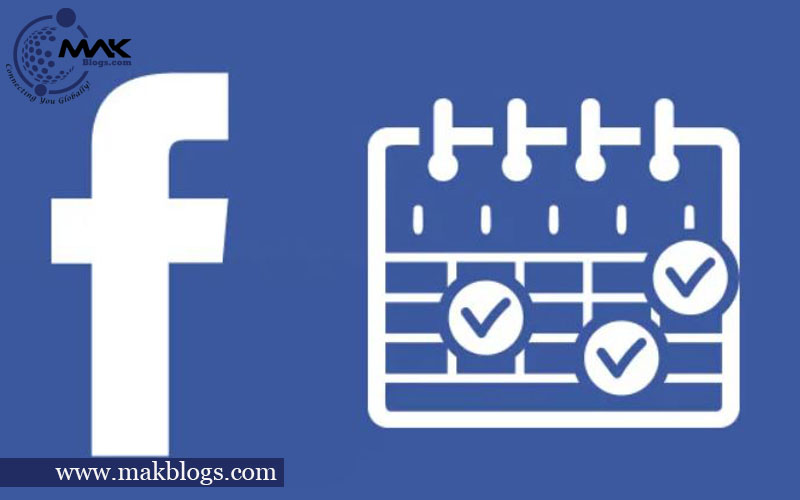
- Content Calendar Creation: Develop a content calendar based on ‘Audience Insights’ data to ensure timely and relevant posts.
- Post Frequency: Find out how often you should post to keep your audience interested but stay calm.
- Real-Time Engagement: Monitor and engage with your audience in real time during peak hours for increased interaction.
- Event Timing: Align content with specific events, holidays, or trends that resonate with your audience.
- Cross-Platform Scheduling: Coordinate content releases across multiple platforms, ensuring a cohesive brand message.
- Evergreen Content: Create relevant content that can be reposted periodically.
- User-Generated Content Scheduling: Plan UGC campaigns and schedule posts to maximize their impact.
- Live Streaming: Utilize live streaming during peak times to engage with your audience in real time.
- Storytelling Series: Develop serialized content that keeps your audience engaged over time.
- Monitor Engagement Metrics: In the context of audience insight on Facebook. Continuously track engagement metrics to adjust your content scheduling strategy for optimal results.
- Example: Schedule your posts accordingly if your audience is active during the evenings.
Competitor Analysis
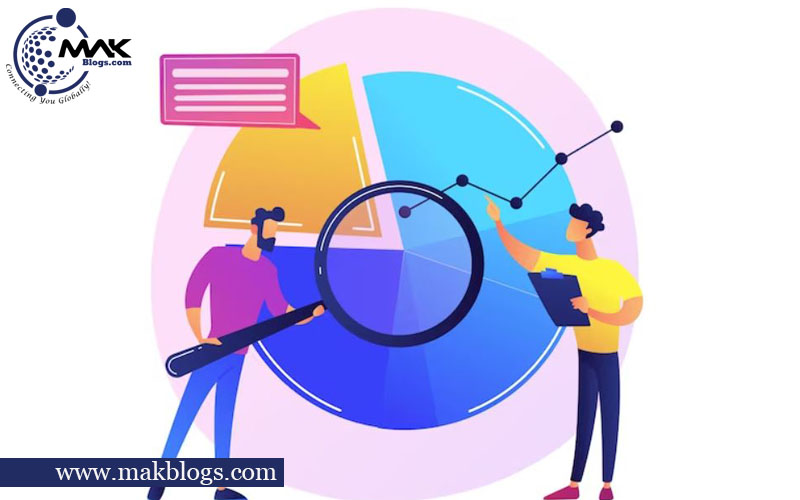
- Audience Overlaps: Identify which audience segments overlap with your competitors, allowing you to target them effectively.
- Competitor Content Strategy: Analyze your competitors’ content strategies to gain insights into what resonates with your shared audience.
- Ad Campaign Insights: Explore the success of your competitors’ ad campaigns to inform your ad strategies.
- Pricing and Promotion Comparison: Compare your pricing, promotions, and value propositions to your competitors.
- Keyword Analysis: Identify keywords and phrases that are successful in your industry based on your competitors’ strategies.
- Social Engagement: Monitor how your competitors engage with their audience and adapt your engagement tactics accordingly.
- Influencer Collaborations: Observe if your competitors collaborate with influencers and assess the impact on their audience.
- Product Launch Timings: Regarding audience insight on Facebook. Determine if there are patterns in your competitors’ product launches or promotions.
- Market Gaps: Look for gaps in your competitors’ offerings that you can exploit to stand out.
- Feedback Utilization: Use competitor analysis feedback to refine your marketing strategies and fill any gaps in your approach.
- Example: If a competitor has a similar audience, you can learn from their marketing strategies.
A/B Testing

- Ad Copy Variations: Test different ad copy elements such as headlines, CTAs, and descriptions to optimize for conversions.
- Visual Content Testing: Experiment with visual elements like images, videos, and graphics to determine the most engaging format.
- Landing Page Testing: A/B test landing pages to assess their impact on conversion rates.
- Ad Format Testing: Test different ad formats, such as carousel ads, video ads, and slideshow ads, to identify the most effective.
- Ad Placement Testing: Experiment with different ad placements on Facebook, Instagram, Audience Network, and Messenger.
- Ad Scheduling Testing: In the realm of audience insight on Facebook. Determine if specific times or days yield better ad performance.
- Audience Segment Testing: Segment your audience and test different ad variations on each group to refine your targeting.
- Pricing Strategies Testing: Test pricing strategies like discounts, free trials, or bundling to see what resonates with your audience.
- Mobile Optimization Testing: Ensure your ad campaigns are optimized for mobile devices and test different mobile ad designs.
- Ad Frequency Testing: Assess the impact of ad frequency on user engagement and make adjustments as necessary.
- Example: Test two ad headlines with slight variations to determine which generates more clicks.
Feedback Loop
- Ad Performance Analysis: Regularly review the performance of your ads and compare them to the insights gained from ‘Audience Insights.’
- Conversion Tracking: Implement conversion monitoring to determine the efficacy of your campaigns in terms of the desired actions, such as purchases or signups.
- User Feedback Integration: Act on user feedback gathered through comments, messages, and reviews to enhance your marketing efforts.
- Ad Budget Optimization: In the context of audience insight on Facebook. Adjust your ad budget allocation based on the performance of different campaigns and audience segments.
- A/B Test Insights: Use the results of A/B tests to refine your ad creatives and messaging strategies, optimizing for the best-performing variations.
- Competitor Response: If a competitor launches a new campaign or changes their strategy, monitor the impact on your audience and adapt accordingly.
- Ad Placement Evaluation: Regularly assess the effectiveness of different ad placements and reallocate resources to the most productive ones.
- Ad Copy Refresh: Update ad copy and visuals based on audience engagement and feedback, keeping content fresh and appealing.
- KPI Alignment: Align key performance indicators (KPIs) with your campaign goals and adjust them as necessary for more accurate measurement.
- Periodic Audits: Conduct periodic audits of your digital marketing strategy to ensure continued alignment with the preferences and behaviours of your target audience.
- Example: If a particular ad isn’t performing well, make changes based on the feedback from ‘Audience Insights.’
Google Reference
Regarding audience insight on Facebook. According to a study by Google, businesses that use audience insights effectively in their digital marketing strategies experience a 35% increase in click-through rates and a 30% reduction in ad spend wastage (source: Google Ads Help).
Conclusion
In digital marketing, precision is the linchpin of success, and Facebook’s ‘Audience Insights’ emerges as an invaluable gem for marketers looking to sharpen their strategies. By using this instrument skillfully, you can learn more about your audience’s psychology, hone your campaigns, and achieve better results. It’s crucial to remember that effective marketing isn’t synonymous with casting a wide net; instead, it hinges on connecting with the right individuals at the right juncture with a message that resonates.
‘Audience Insight on Facebook’ furnishes you with the knowledge and capability to accomplish precisely that, affording you a distinct advantage in the fiercely competitive digital arena. Commence your journey into the world of ‘Audience Insight on Facebook’ today, and behold the transformation of your digital marketing endeavours into a flourishing tapestry of success.
Remember to explore ‘Audience Insight on Facebook’ to optimize your digital marketing campaigns and leverage the power of audience insights.
FAQs About How to Analyze ‘Audience Insight on Facebook’ for Effective Digital Marketing?
To use this, follow these steps:
· Access Audience Insights: Go to Facebook Ads Manager and select “Audience Insights” from the Tools menu.
· Choose Your Audience: Define your target audience by specifying demographics, interests, and behaviours.
· Analyze Data: Review the insights provided, including demographics, page likes, interests, and more, to understand your audience better.
· Refine Targeting: Use the insights to adjust your ad targeting, create custom audiences, or expand your reach with lookalike audiences.
· Optimize Campaigns: Tailor your content, ad placement, and scheduling based on the audience data for more effective digital marketing.
Read more in the above post titled “How to Analyze ‘Audience Insight on Facebook’ for Effective Digital Marketing?”
Follow these steps:
· Access Audience Insights through Facebook Ads Manager.
· Think about the age range, gender, interests, and habits of your ideal customer.
· Analyze the provided data to understand your audience better.
· Refine ad targeting, create custom audiences, or use lookalike audiences.
· Optimize your campaigns based on audience insights for better results.
Read more in the above post titled “How to Analyze ‘Audience Insight on Facebook’ for Effective Digital Marketing?”
Follow these steps:
· Log in to Facebook Ads Manager.
· Click on “Audience Insights” in the Tools menu.
· Start exploring your audience data for targeted marketing.
Read more in the above post titled “How to Analyze ‘Audience Insight on Facebook’ for Effective Digital Marketing?”
‘Audience Insights’ can provide valuable information even if you have a small following. You can also use lookalike audiences to expand your reach. Read more in the above post titled “How to Analyze ‘Audience Insight on Facebook’ for Effective Digital Marketing?”
While it’s primarily used for B2C marketing, ‘Audience Insights’ can still offer insights into the interests and behaviours of professionals if used creatively. Read more in the above post titled “How to Analyze ‘Audience Insight on Facebook’ for Effective Digital Marketing?”
Regular monitoring is crucial. Aim for at least once a month, but adjust the frequency based on your campaign goals and audience changes. Read more in the above post titled “How to Analyze ‘Audience Insight on Facebook’ for Effective Digital Marketing?”
No, ‘Audience Insights’ aggregates data and ensures the privacy of individual users. It doesn’t reveal personal information. Read more in the above post titled “How to Analyze ‘Audience Insight on Facebook’ for Effective Digital Marketing?”
Audience Insights on Facebook provides data and insights about your target audience, including demographics, interests, and behaviours. On the other hand, Page Insights offers analytics specific to your Facebook Page’s performance, such as engagement metrics, post reach, and audience demographics. While Audience Insights focuses on your target audience across the platform, Page Insights is centred on the performance of your individual Facebook Page. Read more in the above post titled “How to Analyze ‘Audience Insight on Facebook’ for Effective Digital Marketing?”
Facebook Audience Insights is a powerful analytics tool provided by Facebook that offers detailed information about a specific audience or group of users on the platform. It provides data on demographics, interests, behaviours, and more, helping businesses and advertisers better understand and target their intended audience for more effective marketing campaigns. Read more in the above post titled “How to Analyze ‘Audience Insight on Facebook’ for Effective Digital Marketing?”
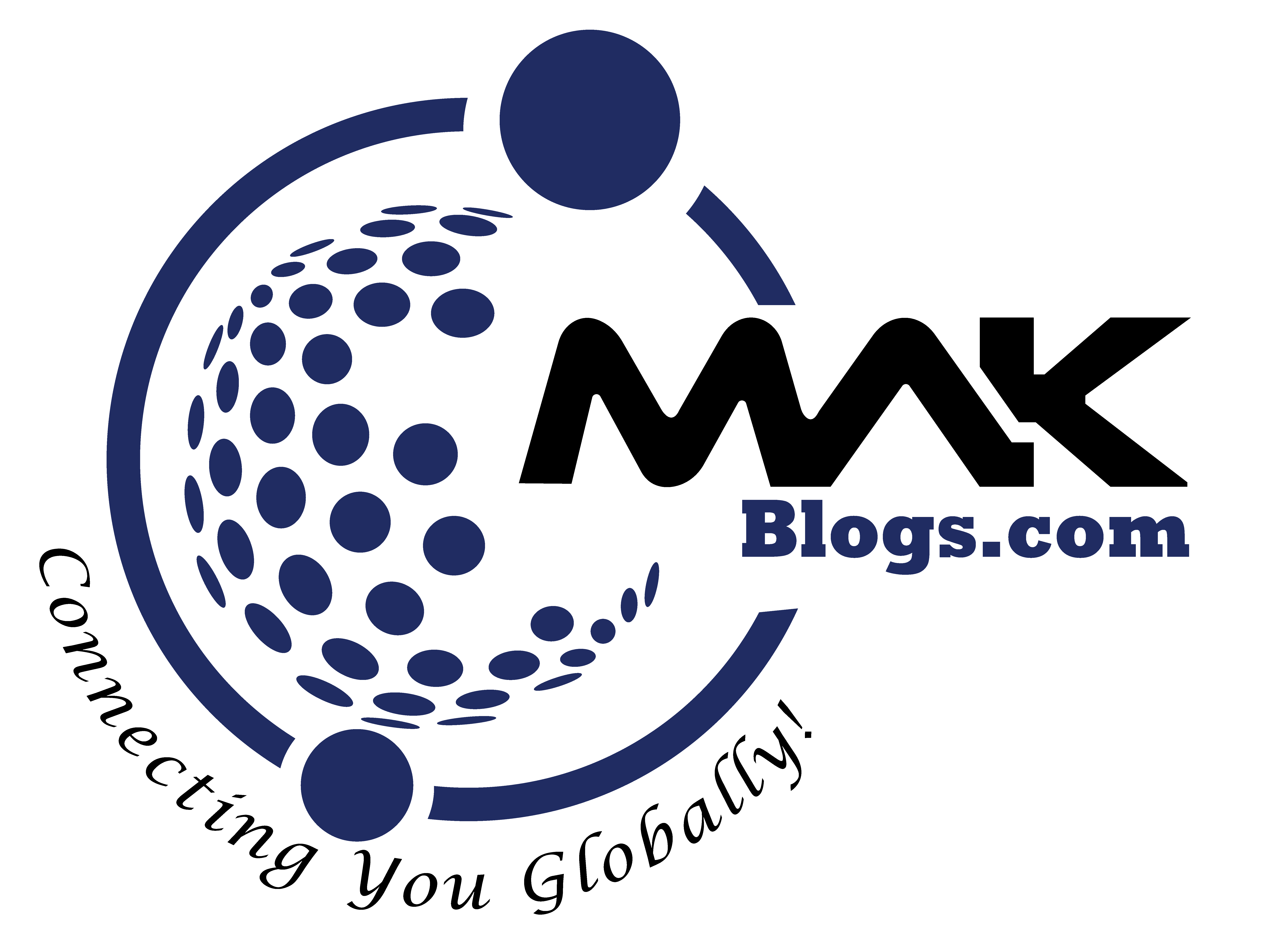
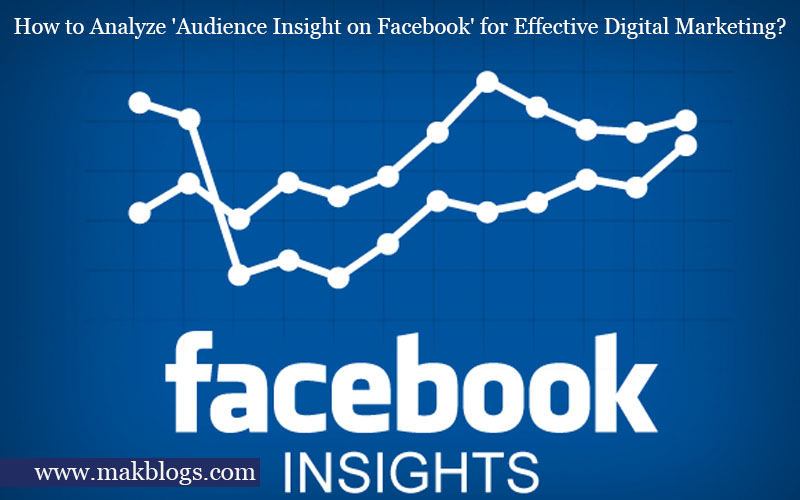







2 thoughts on “How to Analyze ‘Audience Insight on Facebook’ for Effective Digital Marketing?”
Wow, amazing weblog layout! How lengthy have you ever been blogging for?
you make blogging glance easy. The overall glance of your web site is great, as well as the content material!
Thank you. Stay tuned for more.